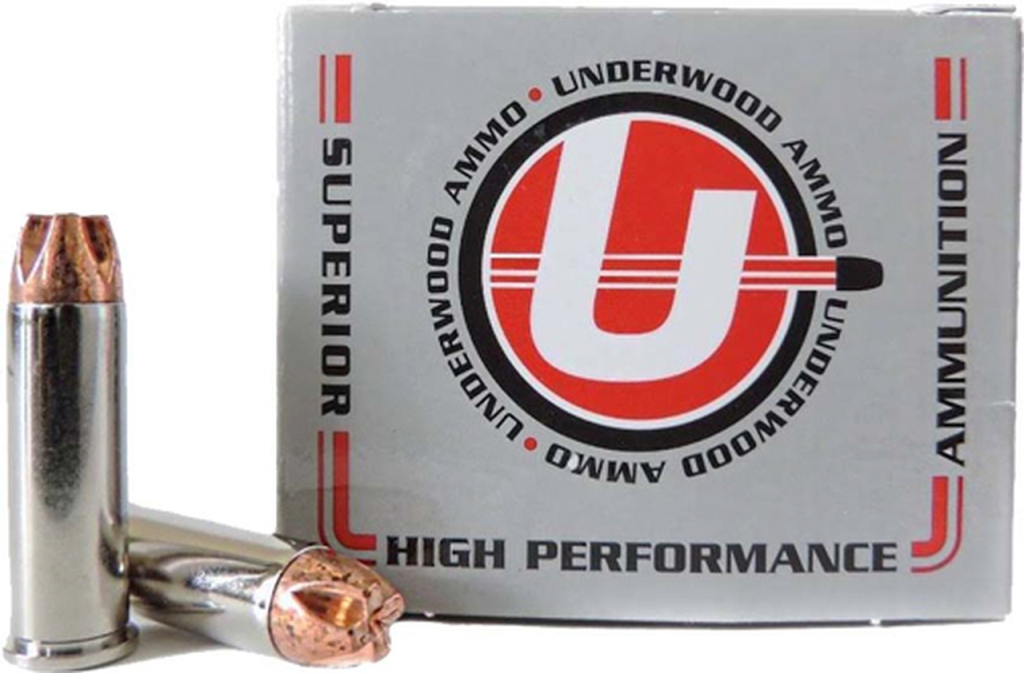The Xtreme Defender is based on the Fluid Transfer Monolithic family of projectiles. This cartridge has optimized flute geometry, weight, and rapidity to achieve an infiltration depth of up to 18 inches. The Underwood Xtreme Defender also offers a permanent and massive wound cavity with expanding hollow point that comes close to achieving anywhere near this collective volume of the cavity. Its body is made up of solid copper that ensures that common materials will not affect the Permanent Wound Channel. For instance, the wallboard, sheet metal, and automotive glass of the projectile would not be affected, unlike traditional hollow points.

What superb qualities does this round offer?
This round offers quite a few merits to the gun owners like:
⦁ It provides a flute that forces fluid inward to build hydraulic energy and then expel it radically.
⦁ The Underwood Xtreme Defender offers reliable diffusion and wounding performance despite having barriers for encountering via monolithic material and non-expanding design.
⦁ The bullet is lightweight, sleek yet has a high energy level and low recoil.
⦁ It does not rely on deformation for confrontation in soft tissue, thus eradicating concerns of over-penetration resulting from a lack of expansion.
Virtues of an Underwood Xtreme Penetrator
Underwood Ammo rounds utilize flash dormant powder so that the vision of the shooter will not be compromised if used in dim light. Underwood Xtreme Penetrator predicts diverse qualities for the perfect use including:
Cartridge size of Ammo is 9mm Luger +P and is made of copper and does not contain lead.
The diameter of the bullet is 0.355 and weigh 115 grains. Thus, it is a proven round for hunting.
The shotgun shell case is made of Nickel-plated brass and can leave the barrel at 1250 feet per second which is faster than the speed of a sound.
